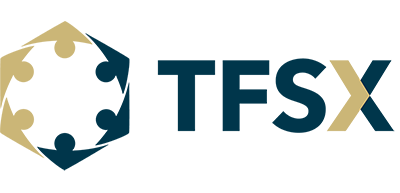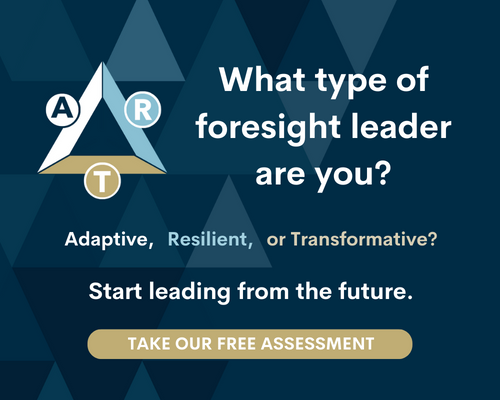The ART of Leadership: Harnessing Complexity To Solve Wicked Problems
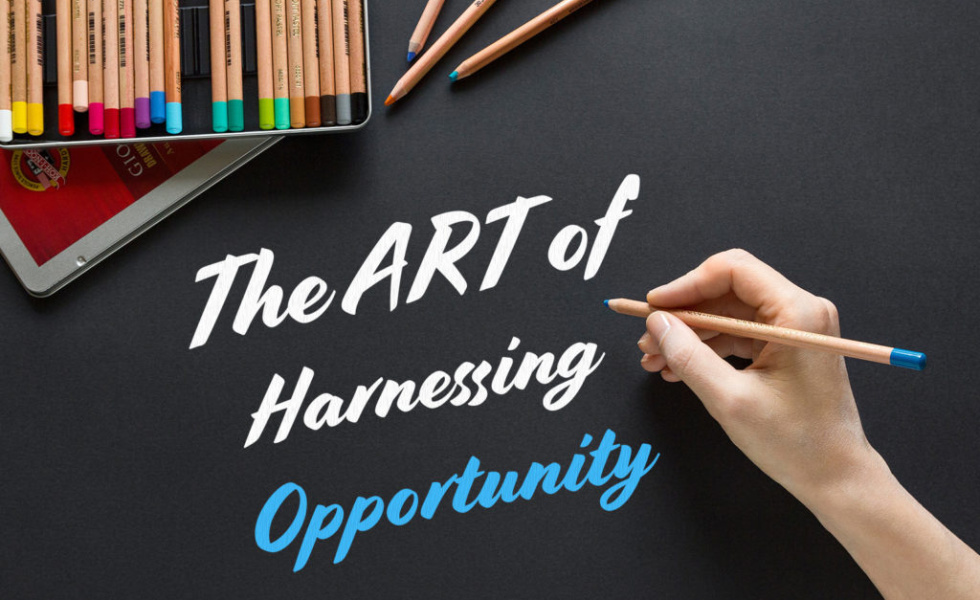
are we in a “new normal”, or has it always been this way?
Our VUCA world — full of increasing volatility, uncertainty, complexity and ambiguity — is often approached with a mindset of fear. We see disruption and danger ahead. Economic meltdown, political instability, energy crises, talent and skill shortages, job losses, security breaches, governmental incompetence, business corruption, value shifts and more – the growing list can lead us to feel like we need to retreat to a place of uber-risk management.
This is a valid view, but we can’t forget the other side of the coin: the present social, economic and technological landscape is also conducive to great opportunities. In such an environment, individuals, businesses and communities have a chance to not only “get it right,” but to literally solve some of the most pressing dilemmas of our time, such as inequality, education, resource limitations and the positive pathway to global human development. We have the opportunity to move beyond the day-to-day questions, and onto the Wicked Problems.
you can’t go back to the way it’s always been done
We know what you’re thinking. Running toward these problems and facing a world that’s more complex than ever may seem counterintuitive. However, it’s exactly what is needed in a world where the old rules and the “way it is always been done” just won’t work anymore. Once any major shift has been made in culture, values, ideas and models, then it is very easy to live out the axiom that “insanity is doing the same thing over and over again but expecting different results.” In a radically different environment, the old ways do more harm than good.
And this is exactly where the dynamic of solving the Wicked Problems comes in: most of these problems stem from the old way of doing things. Old economies, old organizational models and old consumer habits are at least a partial source of the quagmire and collapse that we are seeing now. And it is harnessing and leveraging the growing complexity that will reveal the answers to these problems that would have otherwise remained hidden behind the veil of the outdated “way that it has always been done.”
how we move forward
If we reframe our approach to VUCA to look for opportunity spaces, we may see this:
- More volatility, but more invention and innovation;
- More uncertainty, but more open space in which to grow;
- More complexity, but more ideas; and
- More ambiguity, but also more liberty to break free from the old processes and discover uncharted territory.
This type of outlook doesn’t guarantee that the future will automatically be positive – it’s still (and always will be) a choice made by individuals and communities on a daily basis. What this perspective does mean is that the conditions are right for us to find solutions to our long-standing problems if we have the courage to be adaptive, resilient and transformative (ART).
art leadership model
Each of us naturally embody all three leadership traits- Adaptive, Resilient, or Transformative– but we may favor one style more than others.
We all recognize that open-minded leadership facilitates more open, transparent, and productive dialogue. By understanding our own ART leadership style (and that of our team), we become more empathetic of everyone’s personal perspectives of the future. Our strategies improve, our meetings are more productive, and trust increases.
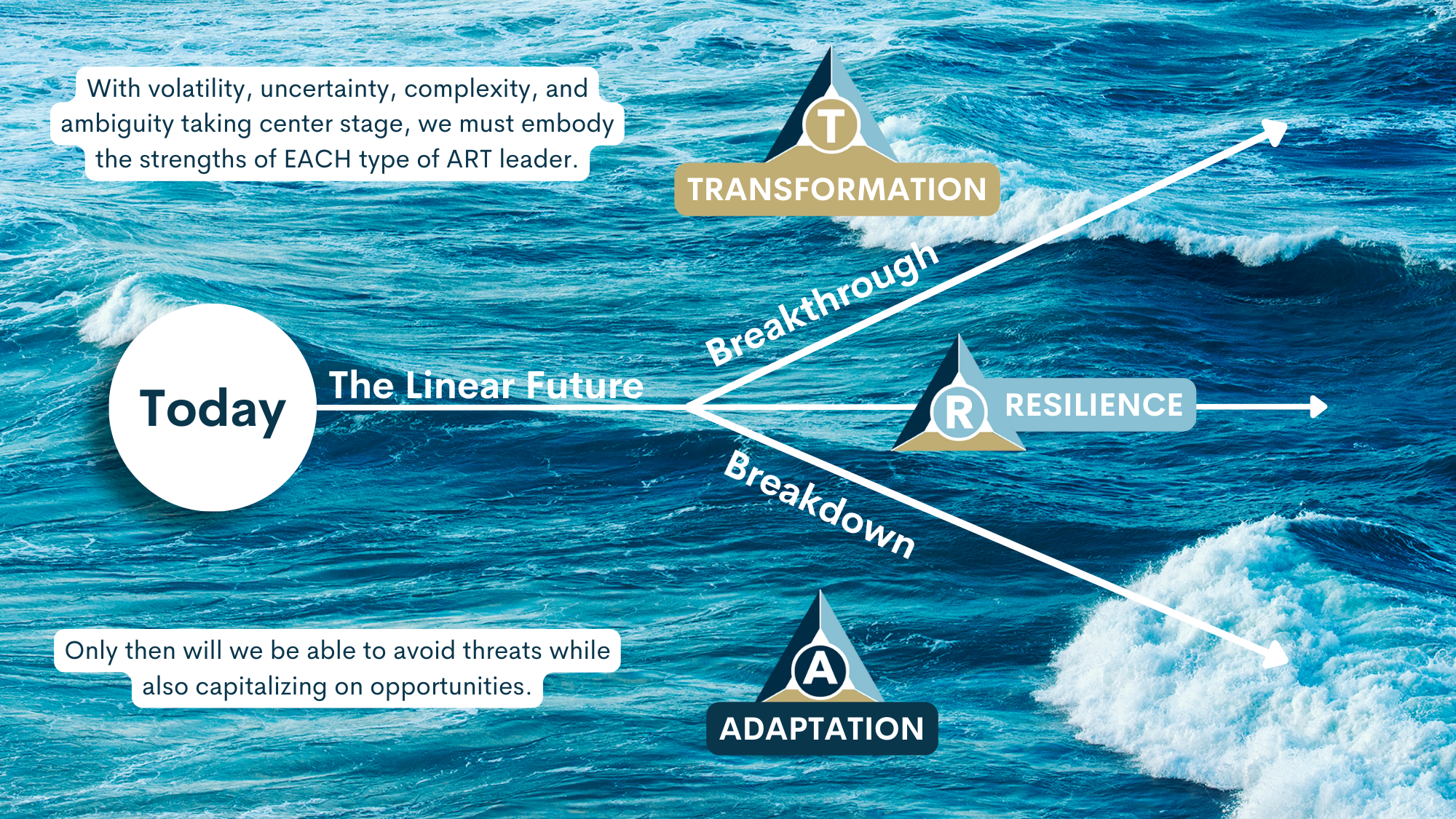
The future is so rarely discussed, but our ART style and subsequent image of the future shape every decision we make. Creating better futures starts with understanding, sharing, and reframing our mindsets.

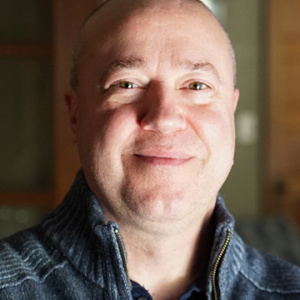
Frank Spencer
Co-Founder
Creative Director
In 2009, Frank founded Kedge – a global foresight, innovation, and strategic design firm which pioneered TFSX. Throughout his career, Frank has worked as a leadership coach and developer with entrepreneurs, social communities, networking initiatives, and SMEs, helping them in areas such as development, innovation, and networking.
Read More